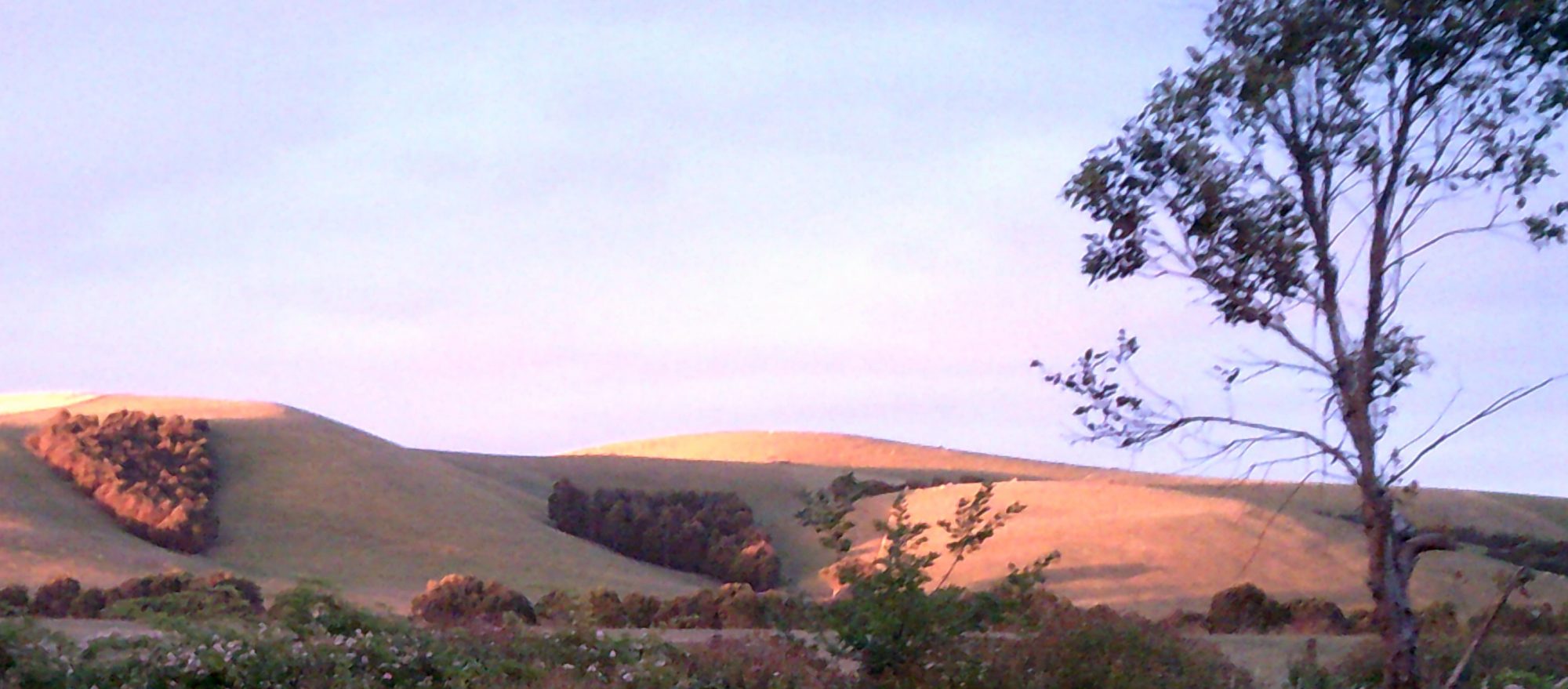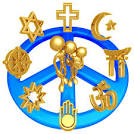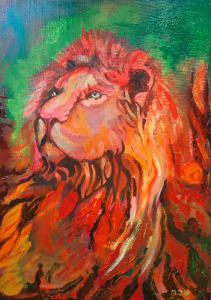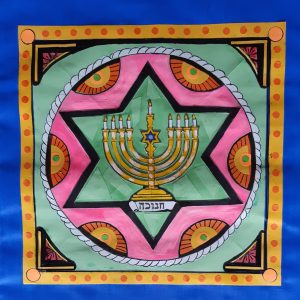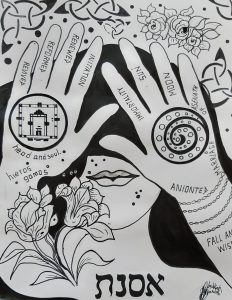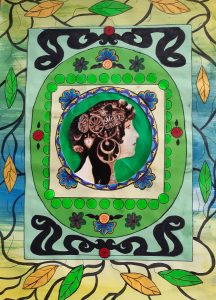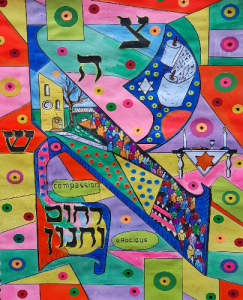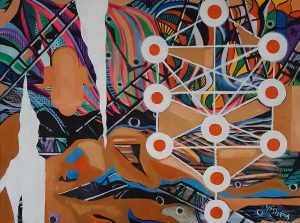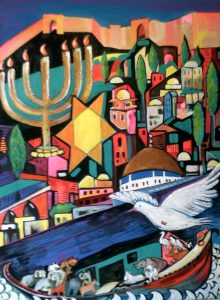
I have been stydying the Talmud for almost a year now. I takes seven years to complete the course. There are many interesting questions to be addressed, but the issue of good deeds and self interest is one that has captivated my mind for some time. Here is a daily lesson, this one on mitzvot and self-interest.
It was taught: One who says “I am contributing to charity so that my son will live,” or if he says “I am performing the mitzvah so that I will be destined for the World to Come,” this person is a fully righteous person
This teaching affirms that what really matters is the outcome of our actions, not our motivations. In philosophical terms, this is a consequentialist position.
But this is not the only rabbinic view on this ethical dilemma. Pirkei Avot, that famous mishnaic tractate of pithy statements and ethical maxims, offers this:
Antigonos, man of Sokho, learned from Shimon the Righteous who would say, “Do not be as servants who are serving the master in order to receive a reward, rather be as servants who are serving the master not in order to receive a reward; and may the fear of Heaven be upon you.” (Pirkei Avot 1:3)
This mishnah suggests that acting in order to be rewarded is by no means laudatory, and would in fact disqualify someone from being characterized as a fully righteous person. According to this teaching, good deeds should be motivated purely by obligation to the almighty God who commanded them.
So which is it? Does Jewish tradition expect us to perform good deeds purely because it is the right thing to do, or can we factor in a dose of self-interest without counting ourselves any less righteous? The Talmudic commentators known collectively as Tosafot address this question directly in their commentary on our page.
“The statement in Pirkei Avot refers to a situation when if the good that one hopes for does not come, one regrets the charity that was given. However, one who does not regret, such a person is completely righteous.”
In other words, Tosafot understand that wanting a reward does not detract from the good of giving tzedakah (or doing some other good deed) — and doesn’t even detract from one’s character— as long as the person doesn’t regret giving the tzedakah in the event that they do not receive the anticipated reward.
Tosafot’s harmonization recognizes that human nature may often (always?) incline people to desire a reward for their actions, and that in and of themselves, these instincts and desires are not bad. In fact, the prospect of a reward can be a motivating factor that leads people to do good. Yet we must also take satisfaction in the deed itself — there is clearly something dangerous about regretting the good we have done in the world when we are not rewarded for it.
Perhaps the concern here is not about what happens in the moment, but rather how our motivations impact our character, who we are as people. Wanting a reward is not a character flaw, and may even contribute to the development of positive traits such as generosity. Hence one can ask for a reward and still be considered a full-fledged righteous person. But if we regret our good actions when they are not rewarded, we may choose not to perform mitzvot or act kindly in the future — and this means that our self-interest has morphed into selfishness. We can no longer claim the mantle of righteousness.
Rabbi Shuli Passow is the director of community engagement at B’nai Jeshurun in New York, where she teaches a weekly Daf Yomi class.
_________________________________________________________________
Having trained in psychoanalysis and therapy and having had to deal with the worst kinds of human behaviour, I take a psychological and philosophical view of righteousness. If we believe G-d acts through people, as I do, then all actions are motivated by self-interest. We have animal instincts and, like it or not; our main priority is survival. If I do not survive a trauma, how might I help my fellow human in his or her difficult times? This does not mean we take on a hedonist view of life. It simply means we submit to our failings with humility and seek to improve. We have a G-d given duty to survive and relish the life we have, but not at the cost of others. How do we mediate these circumstances? The question for me is this, is self-preservation a selfish position? Or is it a gift of independent thinking and free will that allows us to take responsibility and better ourselves, which in turn encourages others to do the same. Our mistakes are our lessons. It comes down to an age old philosophical question of what “is” or what “ought” to be. What “ought” to be does not account for those painful pathways that help us build our character and values. Healthcare workers do a brave and outstanding job, but they could not do it if they were not rewarded – paid. How else would they survive? Altruism has its place, but it is not always the appropriate answer to serious problems. Suffice to say, we are all answerable to our own conscience, which is guided by our learned values and experiences. If we are lucky we have had good teachers, but not everyone has had this privilege. Sometimes we must learn to stand in the other’s shoes.
